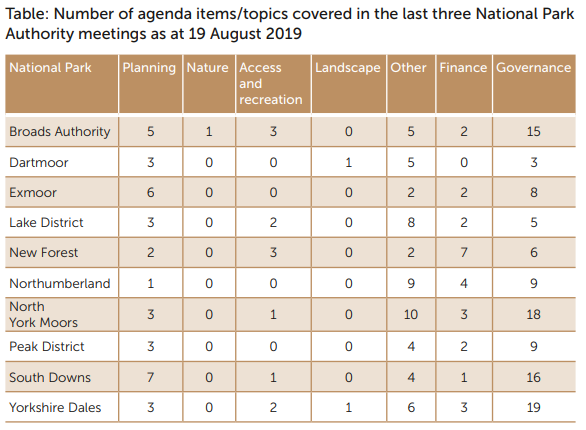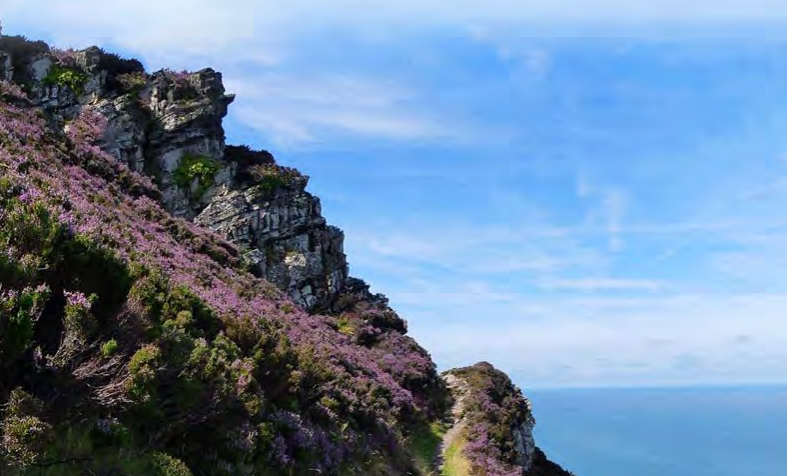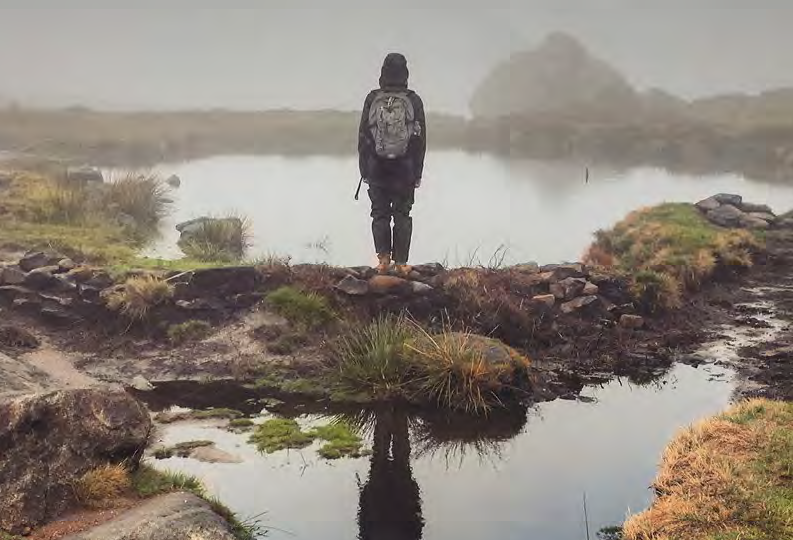The government has published the final report of its recent Landscape review on the current health and role of our national parks and Areas Of Outstanding National Beauty. BMC Access Officer Cath Flitcroft takes an initial look at what this means for climbers and hill walkers.
In May 2018, the government asked for an independent review into whether the protections for National Parks and Areas Of Outstanding National Beauty (AONBs) in England are still fit for purpose. In particular, what might be done better, what changes will help and whether the definitions and systems in place are still valid.
The review’s final report was published on 21 September 2019. We welcome the report, which details how, 70 years after they were first created, our national parks and AONBs need to be better governed, better funded, work closer together and improve how they currently support public goods, including the recovery of biodiversity, natural beauty and access.
Recommendations include a night under the stars in a national landscape for every child, expanding volunteering opportunities and a new 1,000 strong, professional, nationwide ranger service. All of which would be delivered by a new National Landscape Service.
Changing priorities
Of specific interest to BMC members, the report also focuses on the fact that many national parks are not prioritising “the enjoyment of its special qualities by the public”. In essence, more needs to be done to support and promote the recreational opportunities within our designated landscapes. For example, the table below taken from the report highlights the fact that access and recreation has only been discussed by six of our National Parks at the last three Authority meetings whilst planning issues have dominated all of them:

Importantly, the report recognises that "the way we visit and use the countryside is changing" but the "interests of recreation users were underrepresented on national park and AONB boards and there were inconsistencies of approach between National Park Authorities" with a "general presumption against multi-user access".
The report states that "our national landscapes should be alive for people, places where everyone is actively welcomed in and there are unrivalled opportunities to enjoy their natural beauty and all it offers: landscapes for all".

Actively connect with society
Currently, each authority is required to carry out two 'statutory purposes':
-
to conserve and enhance the natural beauty, wildlife and cultural heritage of the area
-
to promote opportunities for the understanding and enjoyment of the parks' special qualities by the public
In the report, Proposal 7 in fact suggests that the second purpose is now changed so that it requires our national landscapes to "actively connect all parts of society with these special places to support understanding, enjoyment and the nation’s health and wellbeing" and that "Management Plans be developed to produce ambitious strategies to increase diversity of access."
In summary, Proposals 7-16 focus on improving access and connecting people with the landscape by working with other organisations to increase the ethnic diversity of visitors; by establishing strong relationships with local public health teams and by expanding volunteering opportunities, providing better information and signage and increasing the numbers of rangers.
Crucially, Proposal 16 recommends "Consider expanding open access rights in national landscapes." The report states "there is a case for looking at whether further access rights should be established, or at the very least considered or trialled in our national landscapes." In particular, "it feels wrong that many parts of our most beautiful places are off limits to horse riders, water users, cavers, wild campers and so on. We hope that as part of the government’s commitment to connect more people with nature, it will look seriously at whether the levels of open access we have in our most special places are adequate."

Our view
It is heartening to know that the report has highlighted many concerns the BMC has had for some time and that real change is needed. In particular, the need to meet the modern challenges of restoring natural beauty, the challenge that climate change poses and the fact that it must be more about nature recovery now, not just about conserving what we have. And of course, at the heart of this is people, both visitors and residents, and a key mechanism for all of this work will be strengthened management plans and more inclusive, effective governance.
However, the overriding conclusion of the report is that without structural reform and greater shared ambition and status, our national landscapes will always struggle to do more than make an incremental difference.
The report has been welcomed by many, including the BMC, and we will now be looking to DEFRA to see what happens next, ensuring that that these recommendations are taken forward. The BMC will also be looking further at those proposals made around public transport (Proposal 19), the recommendations for new designated landscapes (Proposals 20-21) and the Proposal (27) to explore new income streams outside of government funding. There will be more web articles to follow.
.jpg)
We want to say a big thanks to every BMC member who continues to support us through the Coronavirus crisis.
From weekly Facebook Lives and GB Climbing home training videos, to our access team working to re-open the crags and fight for your mountain access, we couldn’t do it without you.
Did you know that we've just launched a new U27 membership offer for just £1.50 / month? And with full membership from £2.50 / month, it's never been easier to join and support our work:
https://www.thebmc.co.uk/join-the-bmc-for-1-month-U27-membership
« Back